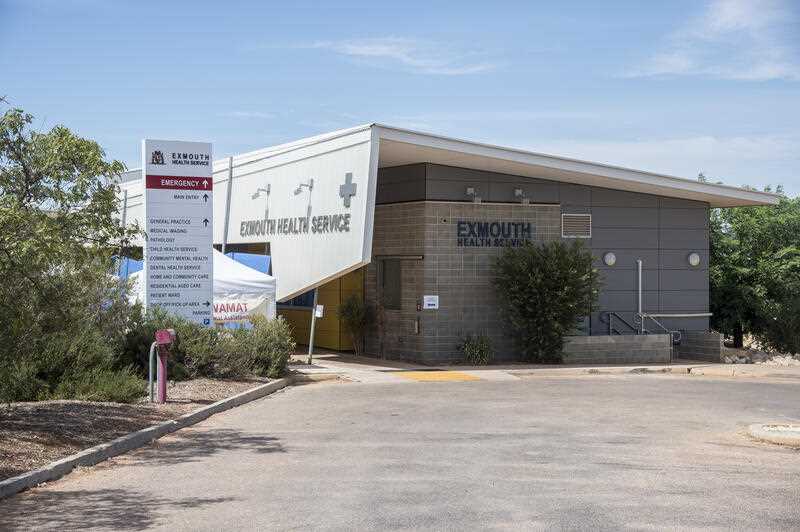Rural Australians will have better access to health care, greater protection from the ravages of climate change and a stronger early education workforce, as the federal budget outlines a “defining decade” for regions central to the nation’s energy transition.
Ministers Catherine King and Kristy McBain said Tuesday’s budget improved wellbeing for those who lived outside the capital cities, demonstrating the government’s commitment to an ambitious future for the regions.
“We can set our regional industries and communities up for a future made in Australia, with secure and sustainable jobs and access to the services and support they need and deserve,” the regional budget statement said.
“Now and through this defining decade, we cannot miss the opportunity for our regions to drive the nation’s transition to a renewable energy superpower or to lay the groundwork for decarbonised, healthier and more sustainable environments for generations to come.”
With access to quality and equitable healthcare top of mind for rural voters, the regional budget prioritised measures to attract doctors to the bush and expand services.
The government’s historic spend of $3.5 billion to triple the bulk billing incentive would particularly benefit those in regional, rural and remote areas, where incentives for doctors to bulk bill go up the most, the budget statement said.
Reform of after-hours services would improve access to primary healthcare through $144 million over two years, while more than $358 million over five years would boost the number of urgent care clinics, including 10 in country areas.
The budget included $4.5 million over five years for 10 new GP single employer model sites in regional areas, a move that gives doctors adequate leave entitlements.
“It is anticipated this will increase the number of young doctors attracted to general practice in regional communities,” the documents said.
The central pillar of the regional budget is a new investment framework, which puts “regions and their people at the centre of decision-making” and prioritises spending on services and local economies in any regional development projects.
After years of rolling disasters the budget heeded calls from the nation’s country councils to support rebuilding efforts, through ongoing funding of $500 million per year for roads and a previously-announced $250 million for projects in regional local government areas.
Flood forecasting would also be bolstered with up to $236 million over a decade.
“More reliable and accurate forecasts will support preparedness in regional areas and enable better informed emergency responses, helping to ease the disruption and damage caused by severe flooding,” the budget said.
After a series of reports revealing major shortages in childcare in rural and remote areas were a barrier to regional growth, the budget provided $72.4 million for early education professional development and $9.3 million for an education workforce plan to train and retain teachers.
The budget papers said an expansion of the Regional First Buyer Guarantee to any two borrowers, like friends and siblings, and measures like increases to the single parenting payment and commonwealth rent assistance would also support regional Australians.
By Stephanie Gardiner in Canberra



